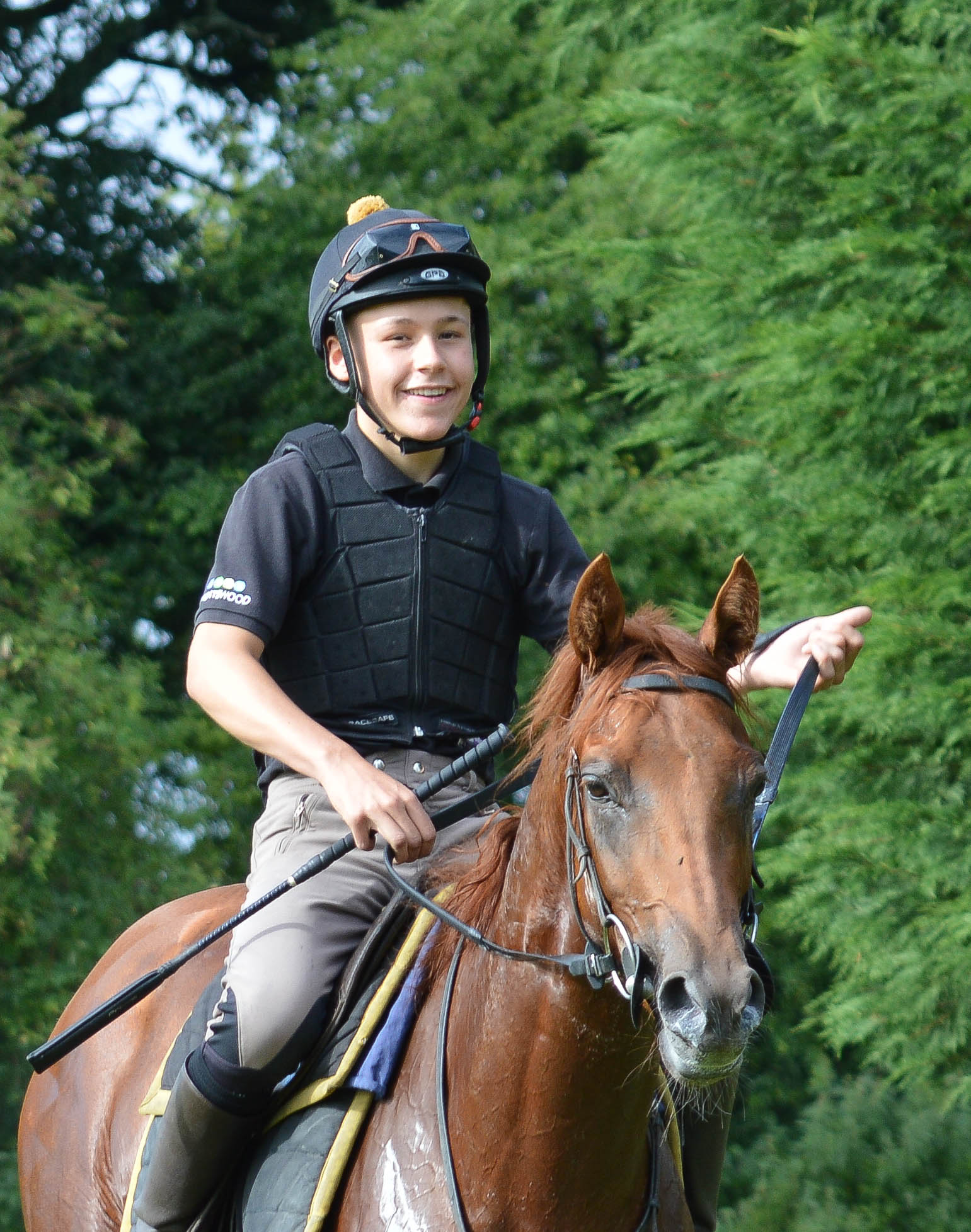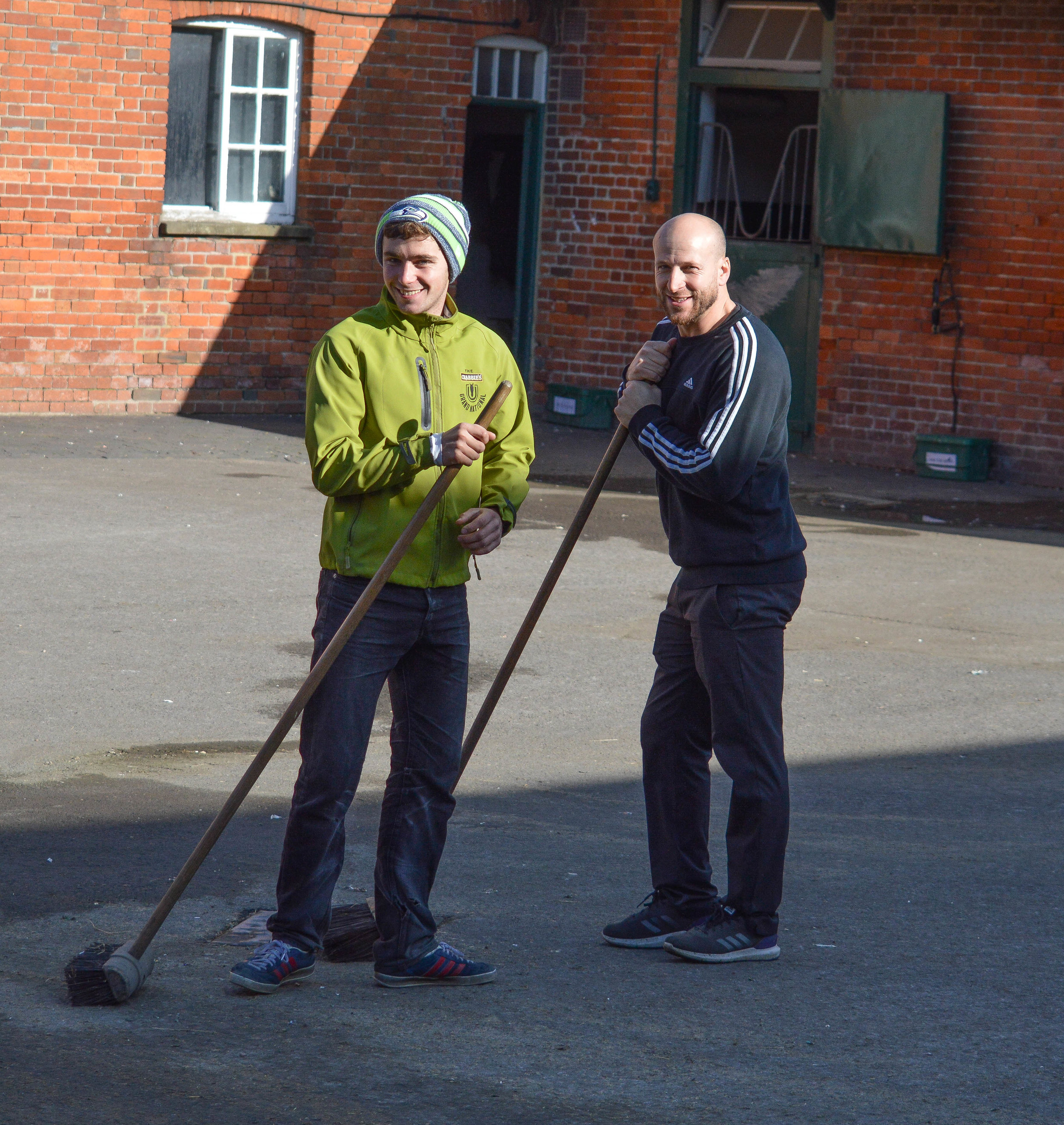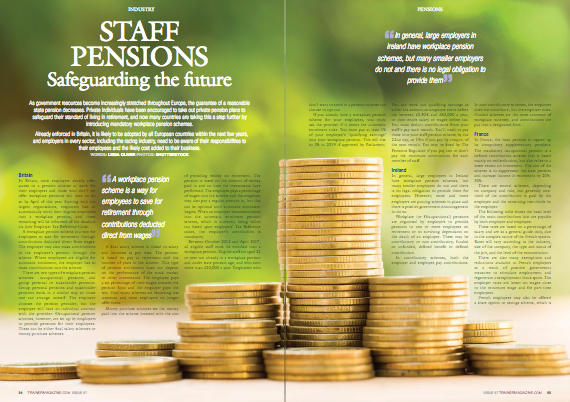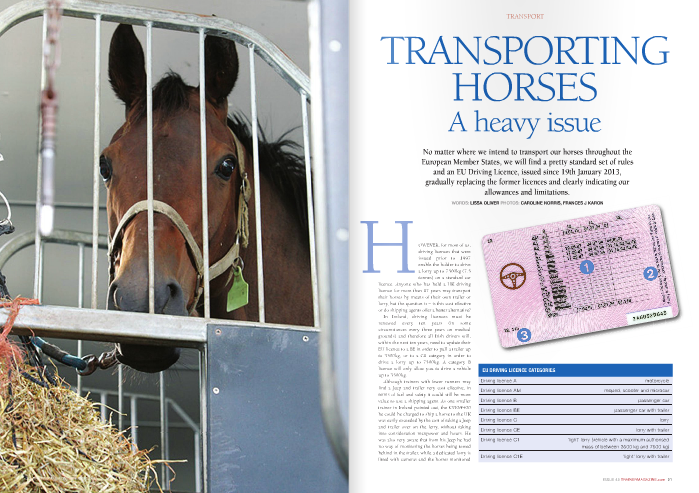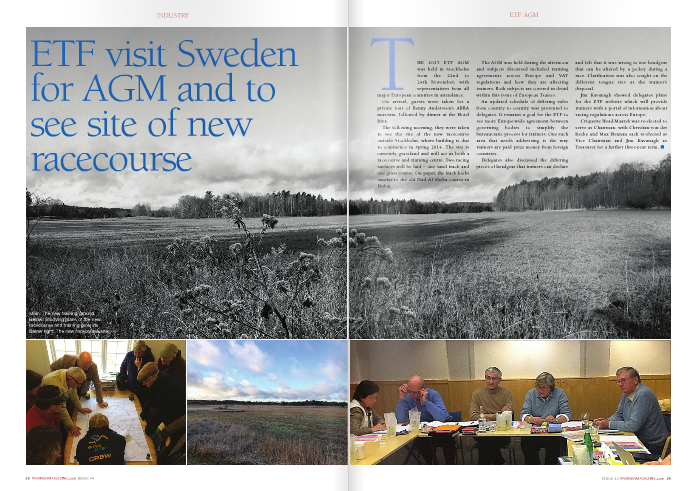Brexit update planning - looking to the Swiss model
/By Lissa Oliver
At time of going to press we do know with certainty that Britain has officially left the EU and the EU has agreed the Brexit deal put forward by Theresa May. That should by now be the end of the story, but of course it continues to be only the beginning.
As Tim Collins warned during his speech at the recent World Horse Welfare Conference, whatever the daily outcomes of post-Brexit, “You mustn’t take your eye off the ball and assume it will all be sorted in the next three or four months. Temporary measures last longer than you might think.” He cited Income Tax, an emergency short-term measure introduced in Britain to fund the Napoleonic Wars, and reminded us of two “temporary” structures – the Eiffel Tower and the London Eye!
He pointed out the power we have in lobbying when it comes to animal welfare, one of the biggest issues young voters care about and therefore one of the biggest areas of concern to all political parties.
“The horse industry’s strongest argument is that the horse’s welfare will be badly affected by any delay at ports. Politicians will have to listen to this point. The EU know they are facing critical parliamentary elections and you have a very powerful issue,” Collins said of the movement of horses, pointing out we would be “pushing on an open door.”
His advice was clear. “Focus your campaign on the detail, not the general issues. Campaign on values, not economics. The biggest issue is not being talked about – there is already an EU border between Bulgaria and Turkey and it can take up to six hours for animals to be moved from either side. This is an issue that needs to be at the front and centre of awareness in a way that it is not.”
He concluded, “If you campaign on those points I promise you, you will prevail.”
Already, the racing industry is familiar with some of the documentation needed at border checks, with horses travelling to race in Switzerland. White Turf Racing Association, St Moritz, reminds you of the customs requirements and advises, for a smooth procedure at customs, the following documents have to be provided to the customs clerk:
Passport of the horse
Health certificate TRACES or Annex II
ATA Carnet (international customs document that permits the tax-free and duty-free temporary export and import – to be asked at the International Chamber of Commerce)
The ATA Carnet must be stamped at both customs (abroad and Switzerland) for both the outward journey and the return journey.
Paul Marie Gadot, Direction Opérationnelle des Courses and Chef du Département Livrets Contrôles, tells us that the High Health document, which it is hoped may replace the Tripartite Agreement, is still being negotiated and given Gadot’s determination and the positive view of Tim Collins, we should be optimistic about the outcome.
“We are continuing to work on the subject and we will do it until we get satisfaction,” Gadot tells us. “The HHHS dossier has been transmitted to the EU Commission. The Delegated Acts of the EU Animal Health Law regarding movements of horses aren’t yet finalised and if the horse movement in between the EU member countries seems to be correctly integrated, we need to obtain some progress on the horse movements between third countries and the EU.
“Our Brexit team in the three countries (Ireland, UK and France) has prepared a complementary document explaining all our health procedures in breeding and racing, which fully demonstrates and guarantees the high health status of our horses. This complementary document will be presented to EU Commission representatives at the beginning of December.
“Because UK’s Brexit deal has been agreed by the EU Commission and the EU countries, we may hope that, if the UK Parliament votes the deal, we will maintain the Tripartite Agreement during the transition period. If it isn’t validated by the UK Parliament, even if we are working on practical solutions on the field level, the situation will be very difficult.”
Ireland has already adopted a new measure to assist and support any HHHS agreement. Coming into effect from January 2019 is Ireland’s new 30-day foal notification, which will be a mandatory obligation. Irish breeders are required to notify Weatherbys Ireland General Stud Book within 30 days of the birth of a thoroughbred or non-thoroughbred foal born in Ireland and bred for racing. The notification of birth will be automatically triggered by the submission of DNA (blood and markings).
HRI sees the mandatory 30-day foal notification as integral to the welfare and traceability mandate for the equine industry and believes it will assist in the proviso for life after Brexit, particularly with regards to the free movement of horses.
It will also enable HRI and the IHRB, on behalf of the industry, to trace the whereabouts of thoroughbreds and non-thoroughbreds in Ireland from the earliest stage. This is important for the welfare, biosecurity and disease control measures which underpin horse movement and are the cornerstone of European legislation for equines.
Jason Morris
Jason Morris, HRI Director of Racing, explains “The move to a 30-day foal notification is an important step in ensuring that we have full lifetime traceability of all thoroughbreds for health and welfare reasons. HRI warmly welcomes its introduction which has the widespread support of the industry.”
Shane O’Dwyer
Shane O’Dwyer, CEO ITBA, is in full agreement. “The ITBA welcomes the 30-day foal notification as a positive move that will assist in our efforts for the Codes of Practice and the High Health Horse Concept to be used as the basis of continued, uninterrupted free movement of thoroughbred horses post-Brexit.”
Difficulties with Northern Ireland are unlikely to be resolved in the short-term, but the Irish thoroughbred industry does have the full support of its government.
An Taoiseach, Leo Varadkar, stated on the EU-agreed Brexit deal on 18 November, “I am pleased an agreement has been reached between EU and UK negotiators on a draft Brexit Withdrawal Treaty. Our national priorities are:
protecting the Good Friday Agreement.
maintaining the Common Travel Area and related benefits
reaffirming our place at the heart of the EU
protecting trade, jobs and the economy
“On each of these, we have reached a satisfactory outcome today. Avoiding a hard border has proven to be one of the most difficult challenges. What has become known as ‘the backstop’ is now fully spelt out in the Withdrawal Agreement. The backstop would apply “unless and until” a better solution is agreed.
“The legal text ensures that Ireland and the UK can continue to operate the Common Travel Area and the related benefits for our citizens. We are working closely with the UK Government to ensure that this happens smoothly.
“The text also underpins the fundamental rights enshrined in the Good Friday Agreement, and the birth right of citizens of Northern Ireland to identify as Irish, and therefore as European citizens, and so to enjoy the rights and freedoms that come with EU citizenship.”
Varadkar also acknowledged, “The text also allows for a possible extension of the transition period beyond the current end date of December 2020.” Once again, Collins’ forewarning of temporary measures keeps the uncertainty rolling over!
TO READ MORE —
BUY THIS ISSUE IN PRINT OR DOWNLOAD










